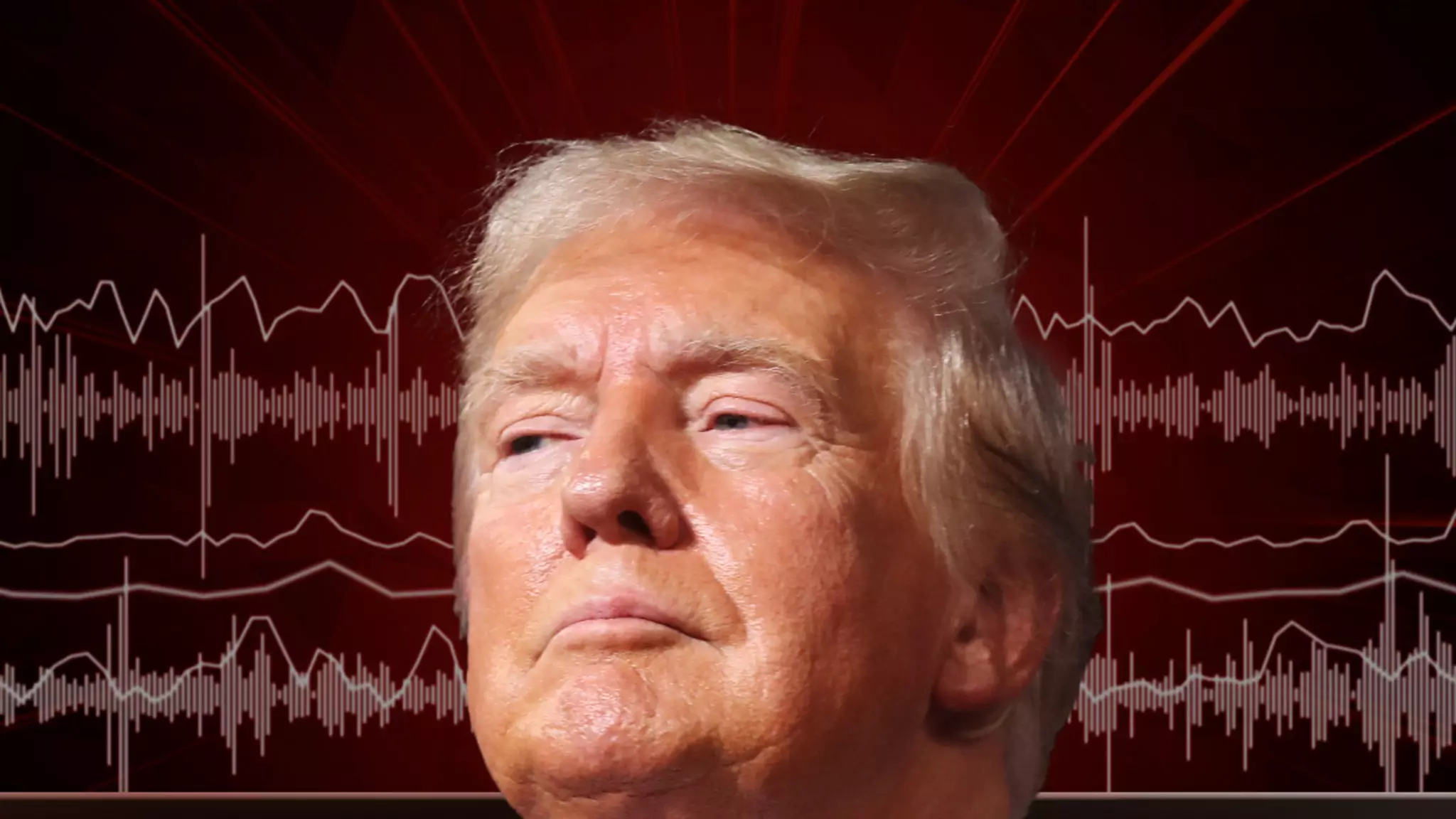In a dramatic turn of events during a weekend golf outing, former President Donald Trump was at the center of an assassination attempt that has raised significant concerns over the safety of high-profile figures in America. This incident, which occurred while Trump was enjoying a leisurely day at his resort in West Palm Beach, saw a suspect sitting concealed for hours only a stone’s throw from him, armed and ready for violence. Such brazen acts of aggression not only endanger the lives of those targeted but also challenge the effectiveness of security protocols designed to safeguard public figures.
Significantly, the suspect, identified as Ryan Wesley Routh, had reportedly devised a makeshift sniper position approximately 400 yards from Trump’s location. The gravity of the situation escalated when members of the Secret Service noticed a rifle protruding ominously from some bushes. This alertness on the part of law enforcement highlights both the potential dangers that come with celebrity status and the responsibilities of security agencies tasked with preventing such incidents.
In an unexpected twist, a civilian woman played a crucial role in averting what could have been a catastrophic event. Using her smartphone, she captured vital photographs of Routh, including his vehicle and license plate, providing law enforcement with the necessary evidence to act swiftly. This incident underscores the importance of community vigilance in public safety. Trump’s acknowledgment of her efforts reflects a broader narrative on how ordinary citizens can intervene in critical moments, effectively supporting law enforcement in their duties.
As Trump himself stated, “How many people would have the brainpower to follow him to the back of his truck?” Here, Trump emphasizes the level of astuteness required during emergencies, expressing gratitude for the witness’s decisive actions. This scenario serves as a poignant reminder of the responsibility everyone bears in creating and maintaining a safe society.
Once the witness provided authorities with the license plate number, law enforcement was able to utilize modern technological methods to locate Routh quickly. His subsequent capture involved a striking turn of events: rather than engaging in confrontation, Routh chose to calmly surrender, turning up with his hands raised—an act that could have turned sinister, yet ended in compliance instead.
The tools at the disposal of law enforcement, alongside the critical input from civilians, demonstrate a collaborative approach to security. However, this sequence of events also reveals possible inadequacies in how threats are managed ahead of time. While the immediate response was commendable, the broader question arises: how can society enhance preventative measures to mitigate such threats before they materialize?
Following the apprehension, Routh was charged with serious offenses, including possession of a firearm by a convicted felon and possession of a firearm with an obliterated serial number. He is set to return to court for a formal detention hearing, though further charges may arise. His case draws attention not only to the consequences of unlawful actions but also to issues concerning gun control and mental health in American society.
Trump’s comments regarding a previous assassination attempt during his rally in Pennsylvania amplify the urgency of understanding and addressing the motivations behind such violence. Crooks, the assailant in that situation, is now part of a troubling pattern that highlights deep-rooted tensions within the nation. The culture surrounding political violence must be critically examined to prevent future attempts that jeopardize public safety.
In reflecting on this alarming sequence of events, it is evident that incidents involving high-profile public figures are not isolated. They are symptomatic of larger issues that plague contemporary society, such as political polarization and the normalization of violence as a means to express dissent. The need for robust strategies to counter these threats, alongside fostering a culture of community-assisted safety, is paramount.
As the nation grapples with the implications of this incident, it becomes clear that collective vigilance, combined with effective law enforcement, can create a safer environment for all. The collaboration between individuals and authorities may very well be the determining factor in preventing similar events in the future. Moving forward, it is essential that society addresses the root causes of such aggression while reinforcing the importance of monitoring potentially dangerous situations before they escalate to violence.


Leave a Reply